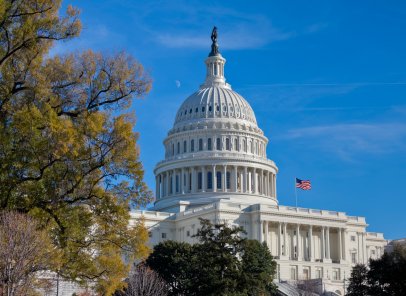After the economy took a nosedive from 2007 to 2009, President Barack Obama signed the American Recovery and Reinvestment Act (ARRA) into law.
This bill was designed to give the economy a boost by reducing federal taxes, increasing unemployment benefits and also increasing spending in certain areas. Many people were directly affected by this bill and have been able to save money since. The American Recovery and Reinvestment Act (ARRA) is also known as the Stimulus Act, or simply The Recovery Act.
How Much Has the American Recovery and Reinvestment Act Paid Out?
Since its enactment in February 2009, the government has been able to distribute a sum of $728.9B. The distribution can be broken down as follows:
- $300.1B in tax benefits – includes individual tax credits, Making Work Pay credit, tax incentives for businesses, energy incentives, manufacturing and economic recovery, infrastructure refinancing, and COBRA
- $215.3B in contracts, grants, and loans – includes funding for education including the State Fiscal Stabilization Fund, transportation, infrastructure, energy and environment, housing, R&D and science, health programs, administrative programs, family car services, job training and unemployment assistance, and public safety programs
- $213.5B in entitlements – includes grants and funding for Medicaid/Medicare, unemployment insurance programs, family services, economic recovery payments, energy grants, housing grants for low-income housing, and agriculture assistance
The complete Breakdown of Funding report from the Congressional Budget Office can be found on Recovery.gov herehere.
Effects of the American Recovery and Reinvestment Act
The additional funds distributed to various organizations and individuals under this act have helped millions of Americans improve their financial situation, run a profitable business during an economic downturn, and even get back on their feet after a financial downfall. The Recovery Act’s three main goals were to:
- Create new jobs and save existing jobs to reduce unemployment across the country
- Spur economic activity and invest in long-term growth with various funding projects
- Increase accountability and transparency in government spending
The act was able to provide a total of $288 billion in tax cuts and benefits for millions of working families and businesses. It was also able to increase federal funds for entitlement programs by $224 billion. This improved the outlook for those who had suddenly become unemployed and also ensured that state organizations could support some of the most critical education, health, and social service programs. The act also made $275 billion available specifically for federal contracts, grants, and loans.








